#russian orloff
Photo
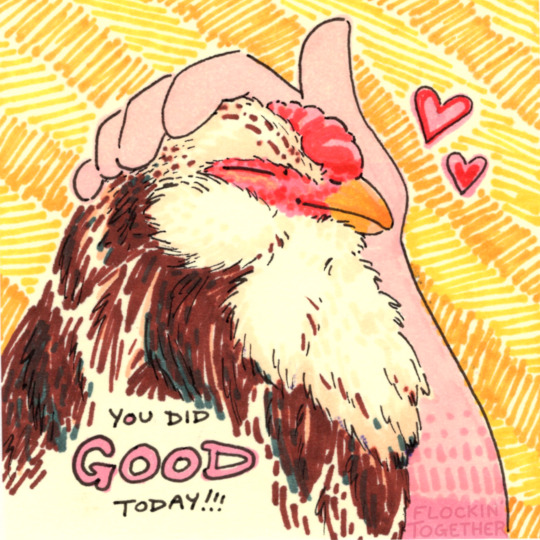
proud of u 🎊🏆🐓🎊
#art#chicky notes#chicken#chickens#bird#birds#rooster#russian orloff#flockintogether#you did it - you made it - here u are!!!#pat pat
7K notes
·
View notes
Text

Venus :)
760 notes
·
View notes
Text


Fresh little babies…..
#birdblr#chickenblr#chickens#Russian orloff#hatching#my menagerie#need to get the goose outside so these lil babs get the big brooder
6 notes
·
View notes
Text




Nate Mann as Major Robert "Rosie" Rosenthal in the opening title sequence for Masters of the Air (2024) on Apple TV+
Coming January 26th!

#the scene with the russians in the book was so good and orloff better have put what rosie said in the show!!!#masters of the air#hbo war#robert rosenthal#major robert rosie rosenthal#major robert rosenthal#road to masters of the air#rosie rosenthal#rosie#rosie's riveters#masters of the air book#masters of the air show#masters of the air apple tv+#apple tv#hbowar#hbowaredit#hbo war edit#madsedits#nate mann
58 notes
·
View notes
Text

Movie #96 of 2023: John Wick: Chapter 4
#john wick: chapter 4#action#crime#thriller#chad stahelski#shay hatten#michael finch#derek kolstad#tyler bates#joel j. richard#dan laustsen#nathan orloff#english#russian#japanese#spanish#german#italian#latin#cantonese#french#arri alexa lf#arri alexa mini lf#anamorphic#alfa scope#96#2023#john wick-a-thon
3 notes
·
View notes
Note
Me and my mom have been fantasizing about moving to montana and starting a homestead. We want all the fluffy cold resistant animals like a Norwegian Forest cat and a big fluffy hearding dog. My mom wants to get Scottish highland cows. And I want Chickens but I don't know wich breed to get!
Russian Orloffs are a lovely and friendly mottled cold hardy bird with fluffy beards and a stern expression. Their featherless legs and small pea combs help protect them from frost bite and we have someone here on tumblr who breeds them, personally i like their orloffs better then i ones i posted
@xoloffs
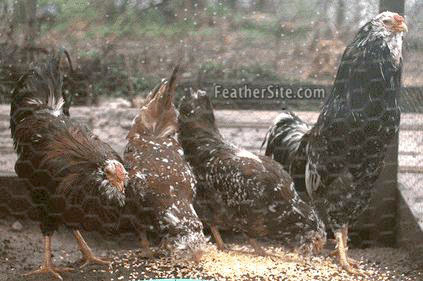

There is also the Salmon Faverolle which is a delightfully friendly, fluffy, and soft chicken breed. Its feathered feet keep it nice and toasty in cold but dry conditions and its very cute. One of my favorite breeds


There is also the Brahma, one of the largest and gentlest chicken breeds which has a delightfully small bantam form is a very fluffy and round chicken breed. Like the Orloff they can have a fierce expression but they are big softies. They also have a pea comb and are beardless. Also one of my favorite breeds
@superfluffychickens has a flock

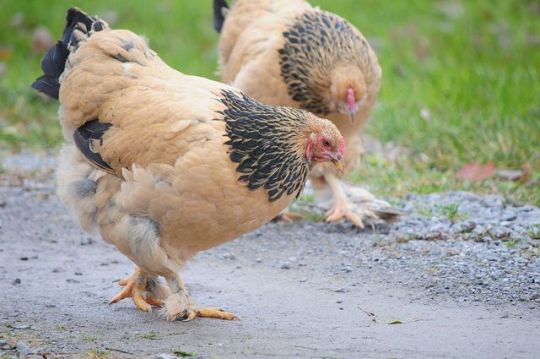
There is also wyandottes, orpingtons, australorps and barred rocks! Production bred birds are going to do worse in extreme weather so try to source birds from breeders (especially ones in your climate) rather then hatchery birds
165 notes
·
View notes
Text
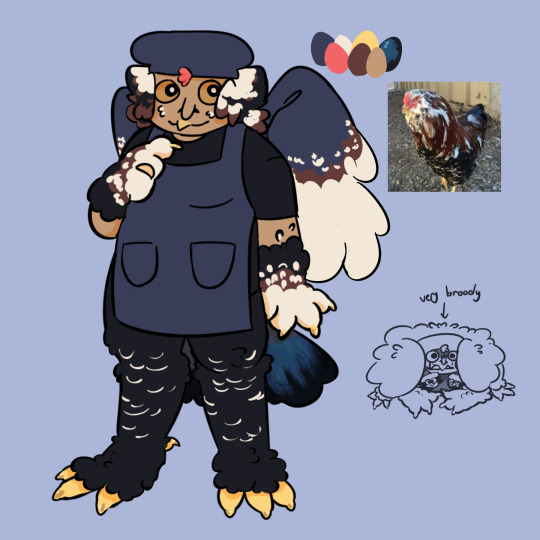
erm,, do you ever just make a fake peppi based off of a Russian Orloff hen??
#this brainrot has me going wild with character designs..#fake peppino oc#pizza tower fake peppino#pizza tower game#pizza tower oc
13 notes
·
View notes
Text
I’ve decided I’ll be raising some chicks this coming spring! Now I just need to decide on what breeds to get! I’m thinking of getting up to 8 pullets, and possibly another cockerel. So far, I’m thinking of:
-Barnevelders
-Barred or Partridge Rocks
-Speckled Sussexes
-Jersey Giants
-Australorps
-Langshans
-Russian Orloffs if I can find sexed pullets
-More Easter Eggers (because I miss Dorie and she was so nice, and Plum is wonderful too. Plus I love having colorful eggs, and it’d be a fun surprise to see what colors they come out as!)
I’m looking into more active, hardy breeds that won’t easily succumb to predators. Of course, friendliness is a must, as is cold-hardiness. And since they’ll be living with the Wyandottes they can’t be breeds that are too docile, or they’ll get bullied easily.
Winters here are long and dreary, with lots of extra things to worry about. But it’s important to find something to look forward to to get through it!
#chicken talk tag#I would love to have a Sumatran rooster but that’s just a daydream#they probably wouldn’t like the cold anyway#this will be updated btw if I think of other breeds of change my mind on some#just wanted to write it down so I can remember
69 notes
·
View notes
Note
Trick or treat!
Happy Halloween! Here is a chicken
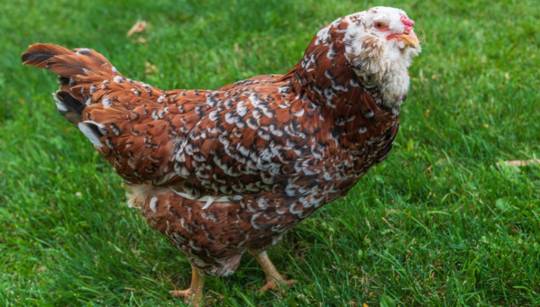
This is an Orloff, a breed that originated in Persia, but was bred and popularized by the Russian Count Orlov, which is where the breed name came from! The fluffy elongated feathers at the chin of chickens are referred to as a beard, so this is a bearded breed :]
3 notes
·
View notes
Photo

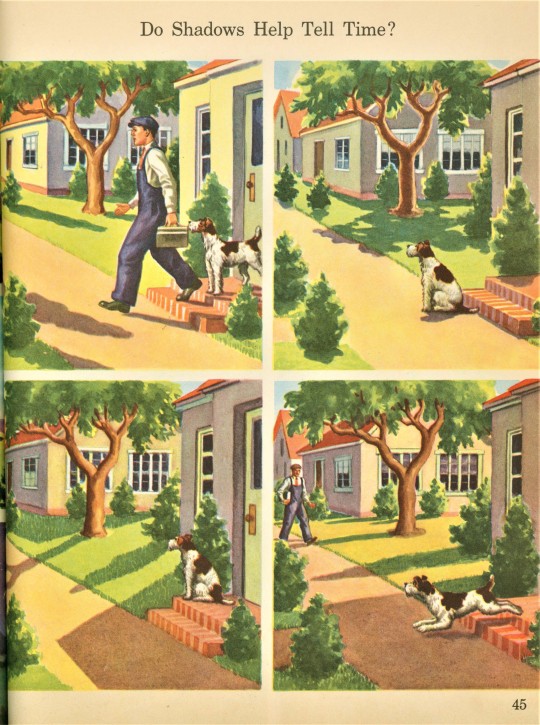



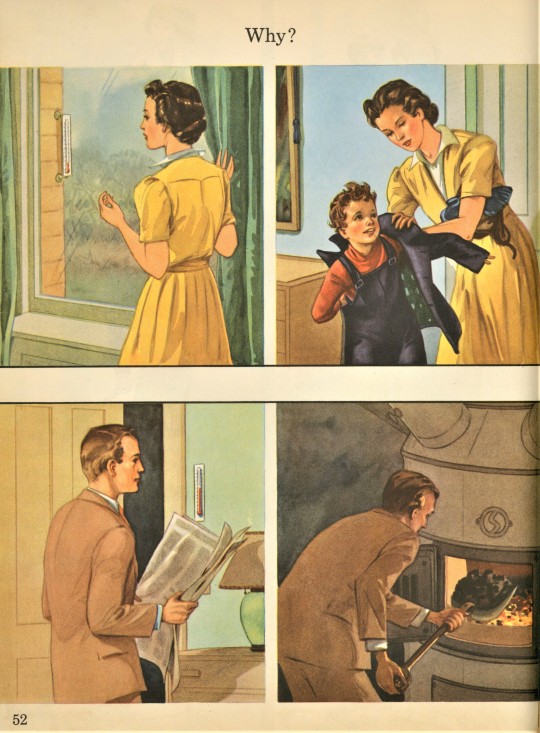


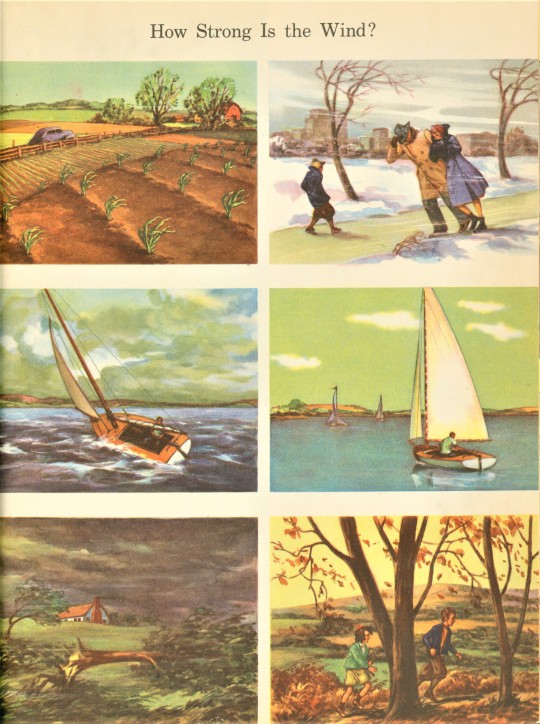
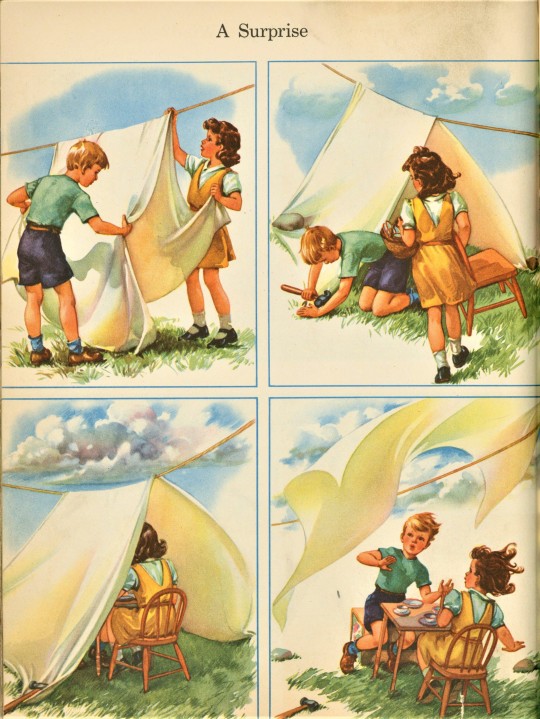
Science Saturday
We return to our Historical Curriculum Collection children’s book All Around Us by Wilbur L. Beauchamp, Gertrude Crampton, and William S. Gray, and published by Scott, Foresman and Company in Chicago in 1944. This is Book B in the Scott Foresman Basic Studies in Science: Curriculum Foundation Series. The series was based on the experiential “Look and Learn” approach.
Previously we highlighted sections on animals and plants from this book. Today we focus on the “Sun, Wind, and Weather” section with emphasis on sunlight and shadow, using thermometers, and the wind as force. Russian-born Chicago artist and illustrator Gregory Orloff did the illustrations for “Do Shadows Help Tell Time?” and the girls experimenting with thermometers, while the remainder are by the husband and wife team of A. F. Hurford and Miriam Story Hurford. Miriam Hurford is remembered especially as one of the illustrators for Scott Foresman’s Dick and Jane readers, which was written by William S. Gray.
View more posts from All Around Us.
View our other Science Saturday posts.
#Science Saturday#weather#tempurature#thermometers#All Around Us#Wilbur L. Beauchamp#Gertrude Crampton#William S. Gray#Scott Foresman and Company#Scott Foresman#Basic Studies in Science#Curriculum Foundation Series#Gregory Orloff#A. F. Hurford#Miriam Story Hurford#instructional books#children's books#science books#Historical Curriculum Collection
46 notes
·
View notes
Text
Thursday 30 April 1840
7 20/..
3 ½
fine morning but high whistling wind this morning and all last night R10 ½° now at 8 40/.. – one of the German colony brought us some new milk this morning 1st time – sent by Madame Orloff – ought to have come at 1st – says he has been twice – the master of the house said we did not want milk – breakfast over at 10 – then Had Captain Tolstoy – he directed in Russian under my English direction my letter to “Messrs. A Marc and co. Moscow” enclosing 8 circulars nos. 8597, 8, 9, 8600, 1, 2 , 3 and 4 of £25 each = £200 – the master of the house (as desired by Captain Tolstoy took the letter and circulars open to the post office which exchange at 21/. per £1 I valued at 4200/. assignats – the master of the house brought a receipt for this sum and paid 4/30 postage – Madame Latchinoff and her companion Mademoiselle Sophie came ¼ hour before I had sent off my letter and got ready – all off to the monastery of St. David at near 11 I think it must have been – high wind – A- turned back before we had got many yards beyond our own square – Madame L- much tired and out of breath – small church – saw the pretty little carpet Madame Golovin had worked and given to the church – went into 2 of the house of the Religieuses – Armenian like Divans or Estrades? pilgrims often sleep there – 2 of these devout ladies asleep after their fatigues – an image there famous for giving children to those who lack and pray for them – the tomb
SH:7/ML/E/24/00093
of Mr. Griboudieff Russian ambassador at Teheran and murdered by a mob there – husband of our Georgian princess sister to princess Dadian – if one make a stone stick against the wall of the Church whatever one wishes is to come true – argillaceous stones and Church wall – a little strength of hand is all required – of course Captain T- and I réussirent – he has been here since 1829 – travelled 9500v. in 30 days from Siberia to Erzeroum [Erzurum] to join the army in the Campaign in Turkey – took leave of Madame L- at my own door – Captain T- came in and sat perhaps near ½ hour – we found Madame Orloff here who staid a long while after T- was gone – General O- offered me sons officer Cossack – gladly accepted him for our journey to Baku and back – Madame O- agreeable – left us at 1 40/.. – A- and I off in a few minutes to Madame Scallon to think for the wine and flowers – sat 5 minutes perhaps with her – then called and left our cards chez les Kotzebue – doubled i.e. for Madame and Mademoiselle – then to the bazaar A- bought 2 gown pieces etc. – on returning (after 4) met Hajie yoosoof whom Mr. Chwostoff had sent to us – received him very civilly – he is to come for us to go and see his curiosities and works at 1 ½ on Saturday – then dinner and wrote the above of today till now (I can only just barely see) 7 ¾ - off to Madame Golovins’ ball at 8 ¾ - supper at 1 home at 2 – saw all my gentlemen and settled all – fine but very windy day -
5 notes
·
View notes
Text
Nestor Mahkno, Gerhard Wall, the Selbstschutz, and the Zagradovka Massacres
Among the Mennonites with roots in Ukraine, one event that left a lasting historical trauma was the massacres that took place in the Zagradovka colony. Situated within the Kherson Oblast, the land for this colony was purchased in 1871 from Leo V. Kochubey to establish a new Mennonite colony for landless Mennonites from the Molotschna Colony. Between 1872 and 1883, 16 villages were established by the Mennonites; Alexanderfeld, Neu-Schönsee, Friedensfeld, Neu-Halbstadt, Nikolaifeld, Orloff, Blumenort, Tiege, Altonau, Rosenort, Münsterberg, Gnadenfeld, Schönau, Steinfeld, Reinfeld, and Alexanderkrone.
One of my direct ancestors and his family lived in the village of Orloff (the present-day village of Orlove near the Kherson-Dnipropetrovsk border). Gerhard Wall (Aug 9. 1840 – Nov 19, 1919) was my Great-Great-Grandfather through my grandmother Maria Wiebe’s mother’s family. According to the available information, he was initially from the Molotschna Colony (located around the city of Molochansk in the Zaporizhzhia Oblast) which means that he was one of the landless Mennonites who relocated to the Zagradovka (Zahradivka) Colony between 1872 and 1883. The reason the Zagradovka Colony has a notable place in the Mennonite historical memory is due to the massacres that took place there in the winter of 1919.
At this time, the Russian “Civil War” was in full swing. The Ukrainian lands were the operating grounds for several different armies: the Bolsheviks, the White Army, Ukrainian nationalists, the Germans, and the Austro-Hungarians, alongside various bands of Ukrainian anarchists. One of the most famous leaders among the Ukrainian Anarchists was the revolutionary Nestor Ivanovych Makhno (also known as Batko Makhno). He was the commander of the Revolutionary Insurgent Army of Ukraine and leader of the Makhnovschchina. Makhno’s forces could be opportunistic; at times fighting the Bolsheviks, sometimes forming temporary alliances with the Bolsheviks against the White Armies of Denikin and Wrangel, and even fighting against the armies of the Ukrainian People’s Republic. The goal of Makhno was to establish a form of anarcho-communism in southern Ukraine and therefore fought against anyone who attempted to establish any other polity in the region.
The name “Nestor Makhno” holds a vilified place in the Mennonite consciousness due to a series of massacres that took place in the Zagradovka colony from November 29th to December 1st, 1919. The days have come to be known as the "Schreckenstage" (Terror Days) where more than 230 Mennonites were executed by militia groups connected to Nestor Makhno. While I do not have access to many primary resources which narrate the massacres, there is one casualty list that I have found which includes Gerhard Wall and one of his sons, Heinrich Wall. The list provides the names of identifiable casualties and in my cases even mentions the manner of death. According to the list, Gerhard Wall was executed on the night of November 29th in the village of Orloff where he was shot while sitting in a chair; he was 77 at the time of his execution. His son, Heinrich Wall, is listed as being shot and burned in Orloff at the age of 41. Massacres were carried out in the villages of Gnadenfeld, Reinfeld, Orloff, Tiege, Muensterbeg, and Schoenau on the nights of November 29th and December 1st.
While the surviving chronicles describe horrendous acts perpetrated by the militias, it is important to keep in mind the historical context. One of the darker chapters in the history of the Mennonites in Ukraine comes from this period: the Selbstschutz. Despite one of the central tenets of the Mennonite faith being pacifism, many of the wealthier Mennonites in southern Ukraine formed their own “self-defense” militia to preserve the land and privileges granted to them by the Tsarist government. As revolutionaries in Ukraine were looking to redistribute land and eliminate all vestiges of Tsarist rule in Ukraine, there were many Mennonites who looked upon these developments negatively. Rather than participate in the redistribution of land, those Mennonites who wish to preserve the status quo formed a militia, receiving training and weapons from the German and Austrian armies operating in the area. When the Germans retreated from Ukraine, the Selbstschutz allied themselves with Denikin’s White Army, fighting against Ukrainian Nationalists, the Bolsheviks, and the Makhnovists. As one article about this period relates, “the aim of these landlords’ militias was to ‘restore the pre-Revolution community patterns as completely as possible'. Thus, the Selbstschutz did not start as a defensive organization but as a militia that aimed to use violence to restore the inequalities of Tsarist Russia.”
This is what must be kept in mind when reading about the Zagradovka massacres. While massacres of any kind or always inexcusable, historical accuracy is always of the utmost importance. There was a notable presence of the Selbstschutz in the Zargradovka Colony and the Mennonites here, who began as landless but over time had become quite affluent, were known to be strongly opposed to the redistribution of land. The “Makhnovist” reprisals in Zagradovka were a response to the antagonism of the Selbstschutz militia. It is also important to be aware that the “Makhnovist” militia that carried out these massacres likely had no direct order from Makhno himself and may have only been loosely associated with the Maknovshchina. Makhno himself had expressed at times the difficulty he experienced in keeping the ever-expanding militia in order and even recognized with regret various atrocities committed by them (which at times even led to him ordering the execution of his own rank for committing atrocities).
The conclusion that I have come to is that while my ancestors in Ukraine were subjected to horrendous violence at the hands of the Makhnovist militia, they were not completely blameless. As the beneficiaries of the inequalities of Tsarist rule in Ukraine, they took it upon themselves to forsake their pacifistic heritage to preserve their own benefits by military means. While my Great-Great-Great-Grandfather Gerhard was likely too old to have participated directly in the Selbstschutz, he very well may have been a supporter of them (or at the least non-resistant to their aims and objectives). This of course does not justify the atrocities that were committed in Zagradovka, but it does provide additional perspective. It would be well for those of us with Mennonite heritage to reflect on our role in the Tsarist colonizing policies at the expense of the local Ukrainians (I intend to write more about this in an upcoming post concerning the establishment of the original Mennonite Colony in Khortisya). This self-reflection is even more important today as we witness the Russian aggression and war in Ukraine. As many of us, rightly, are opposed to the imperialistic aims of the Russian Federation, we need to wrestle with our past of being pawns of Russian Imperialism when we accepted lands from the government in St. Petersburg which had previously belonged to Ukrainians and Tatars. Our historical suffering was real but our historical isolationism also resulted in a victimization that excluded recognizing how we were pawns in the victimization of others. The thought that one of my direct ancestors was executed is deeply troubling to me, but so is the fact that my ancestors willingly played a role in the imperialistic aims of Russia to the detriment of Ukrainians. While I cannot atone for this, I can at least try to understand the history and discard any unnecessary villainization of people who were also victims. Understanding and repentance are the only way forward.
1 note
·
View note
Text
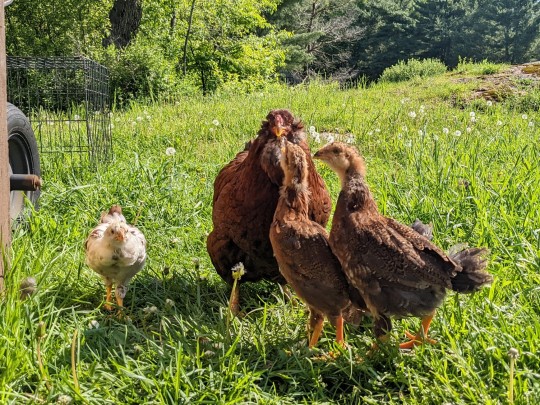
Kissies for momther
440 notes
·
View notes
Text
Thursday 4 June 1840
[up at] 7 1/2
[to bed at] 11 40/”
fine morning Reaumur 16 1/2º and Fahrenheit 69º at 9 10/” a.m. vide Job xxxi.10. read this chapter while Domna did my hair – breakfast at 10 – just over when Mr. Spaski Autonomoff and his little friend as interpreter came and sat till Mr. Braïko came when they went away – Two roads to Cachétie – Between Marshkobskoi and Gelab, no post horses – the whole round would be about 250+ versts – Mr. Braiko very civil – hoped we had been well off during our absence – yes! charmées de notre voyage – then had general and Mrs. Orloff till twelve and then colonel (Cossack) and Mrs. Boujouroff colonel commanding the Cossacks at Koutaïs, and going there on Sunday next – lodge in our hotel rez de chaussée en face, and she staid till near 2 – she native of Kief – then dressed – the carraige (phaeton and four) and off at 2 55/” – Ann put on her bonnet – I had my parasol – never dreampt of an open carriage – evening gown and white muslin pelerin and a grey china crêpe shawl – in the garden house – and had to walk all up the garden – sat talking some time before dinner then immediately afterwards walked about in the garden my thin small jean shoes and for me undressed – drew close my thin shawl – Madame Golovin very civil – had the carriage home at 5 5/” – gave 2/. silver = 7/. and changed my dress as soon as possible glad to get myself clothed again in dimity waist and white muslin, and black silk handkerchief, and my morning silk gown and velvet pelerin! I could not stand this climate unclothed – the ladies may well get refroidissemens and be nervous – then wrote the last 8 lines till now 5 40/” – Mademoiselle Kotzebue came at 6 50/” and sat with us till 7 3/4 – très aimable – the tour de Cachétie merely picturesque nothing but scenery to see except the monastery of Alavade just across the river . . . . and the Lesghiens make the country thereabouts (on the other side the river dangerous) Mademoiselle Kotzebue went, with her cousin Krusenstiern, and colonel Besobrasoff, and general and Mrs. . . . . and another (6 of them) had cuisine and tents, and Germans went never more than 20 versts per day – stops to take their meals and breakfasted and dined as chez eux – therefore took 12 days for what even Madame Latchinoff did with ease (set off 5 or 6 days after them) in 6 days – about 200 versts they went the round there and back of the post road, avoiding the little bit where there are no post- stations – then turning to volume 1 Dubois (Caucasus) till Mr. Besoc came and staid about 1/2 hour till 9 – brought the 4155/. in notes received from Mr. Marc – very civil – will give us letters for Cachétie – gave him 1100/. to get changed into silver – tea as soon as he was gone – he has had a bilious fever the fever of the country during our absence and still looks very ill tho’ has resumed his duties, and says he is well – distance from here to Tabriz = 600 versts and from the Russian frontier to Tabriz only 120 versts – Domna out at 9 50/” and waiting for her 23 minutes! annoyed – told her angrily, I should not allow her thus to go out at night without my permission – then sat reading volume 1 Dubois till now 11 5/” – Began tonight to rub left great toe with naptha (the white distilled from Baku) –
Anne’s marginal notes:
V (for visit)
V (for visit)
Vc (for visit/call)
Vc (for visit/call)
the tour de Cachétie merely picturesque
Vc (for visit/call)
Distance from Tiflis to Tabriz
Naptha 1st time
WYAS pages: SH:7/ML/E/24/0122 SH:7/ML/E/24/0123
#anne lister#ann walker#anne lister code breaker#gentleman jack#diary1840unannotated#georgia1840#russianempire1840#tbilisi1840
0 notes
Photo

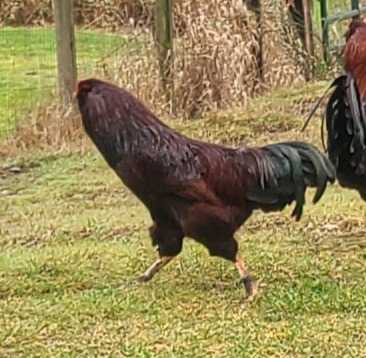

they’re going
#chicky notes#art#choodles#friend's chickens#hen#rooster#chickens#chicken#birds#bird#russian orloff#[jojo music plays]
3K notes
·
View notes
Text

Just want to tell everyone that this orloff chick, Billie Rose, failed to pip internally and was deprived of oxygen for some time, we had to help her out of the egg. She was weak at first and is blind as a result, but she's doing so good! She drinks on her own, and today she's officially eating on her own! She listens to the sound of her siblings eating to find the food and water, and when we tap she comes running over! She walks around with her head pointed up and tilts her head to hear where her siblings are.

I am so proud, seeing her thrive despite her rough start makes my heart happy!
2K notes
·
View notes